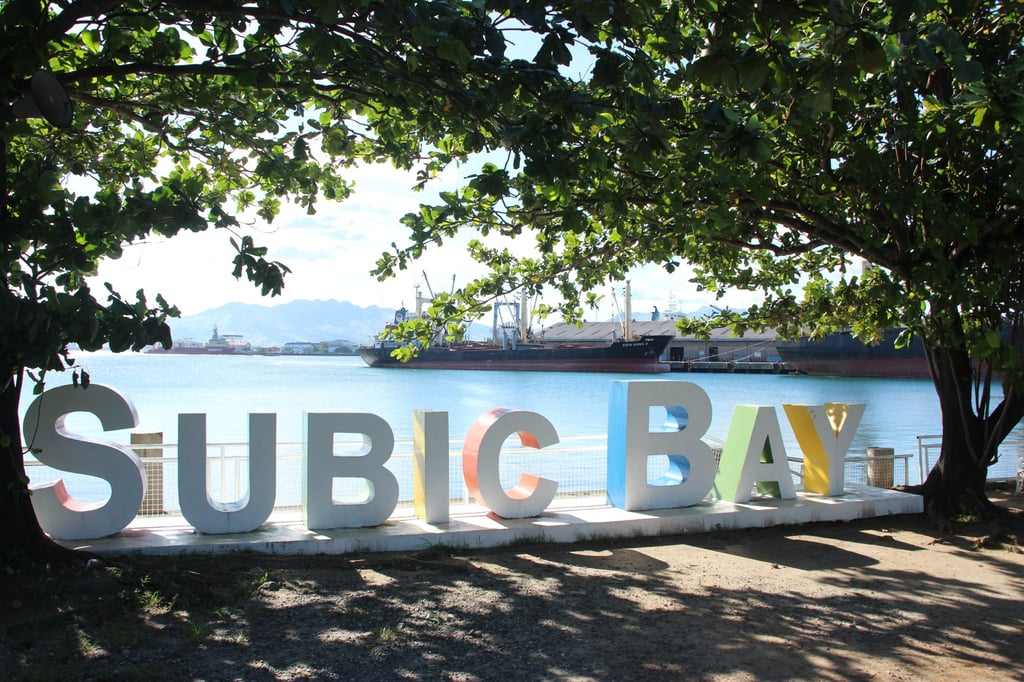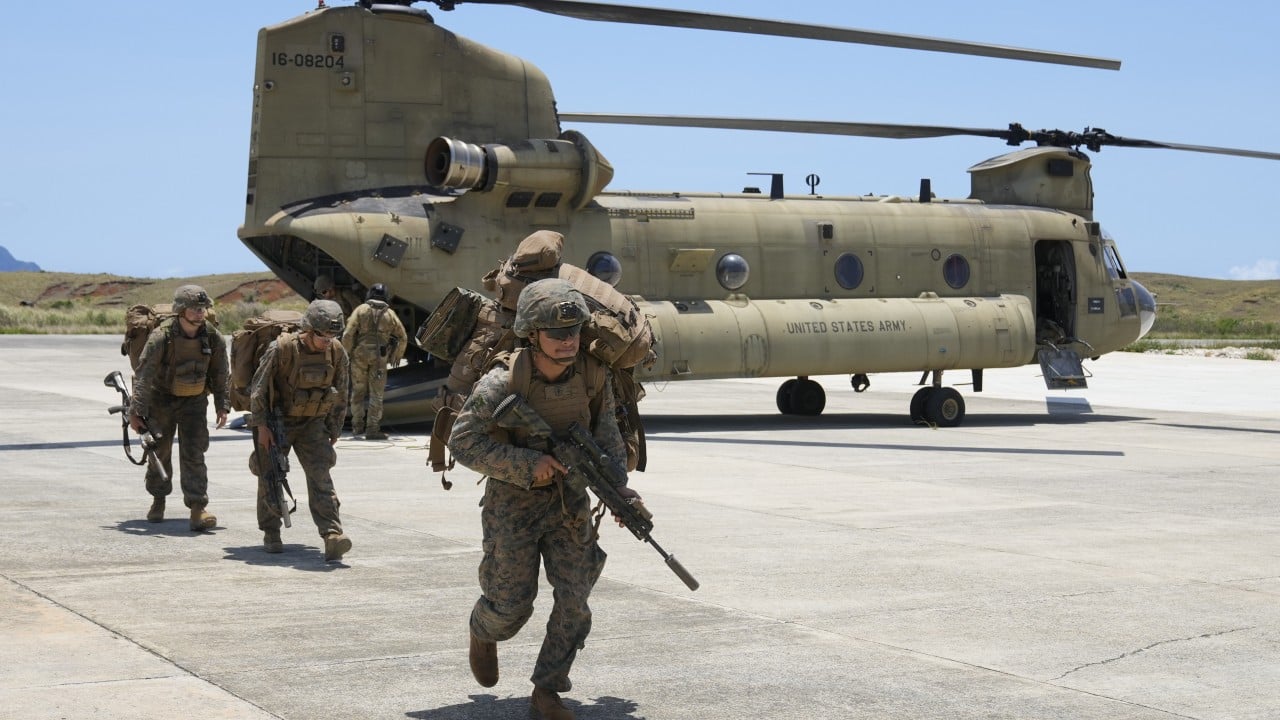For almost half a century, the Philippines served as the linchpin of American military power in Asia. During the height of the Vietnam war, the sprawling Clark Air Base and Subic Bay Naval Base on the island of Luzon hosted tens of thousands of US personnel, playing a central role in Washington’s Cold War-era force projection.
Advertisement
But today, the military landscape in the Pacific looks starkly different. While the US has renewed its focus on the Philippines and the broader Indo-Pacific, Clark and Subic are unlikely to regain their former prominence. The US military, stretched thin by global commitments in a troubled world, now finds itself playing catch-up in the Western Pacific, where the combined forces of China’s People’s Liberation Army (PLA) have emerged as a formidable rival.
The Pentagon’s strategy for the region reflects this new reality. Variously described as “agile combat employment”, “expanded manoeuvre” and – perhaps most tellingly – “scatter and survive”, the goal is to spread out US forces across a wide geographic area to withstand a potential first strike.
“What the Americans are doing is distributing their forces widely because big bases are vulnerable to missile attack,” said Sam Roggeveen, director of the international security programme at Australia’s Lowy Institute. “The emphasis on survival is correct because America is not building a presence in Asia that is designed to win a war against China. Its strategy is designed merely to survive one.”

The Pentagon itself acknowledges that the PLA is now a worthy adversary. In its latest report to Congress, it described China’s military as “an increasingly capable instrument of national power” that’s well-trained in combined operations and equipped with advanced command and control, intelligence, surveillance, and area denial capabilities.
Advertisement

